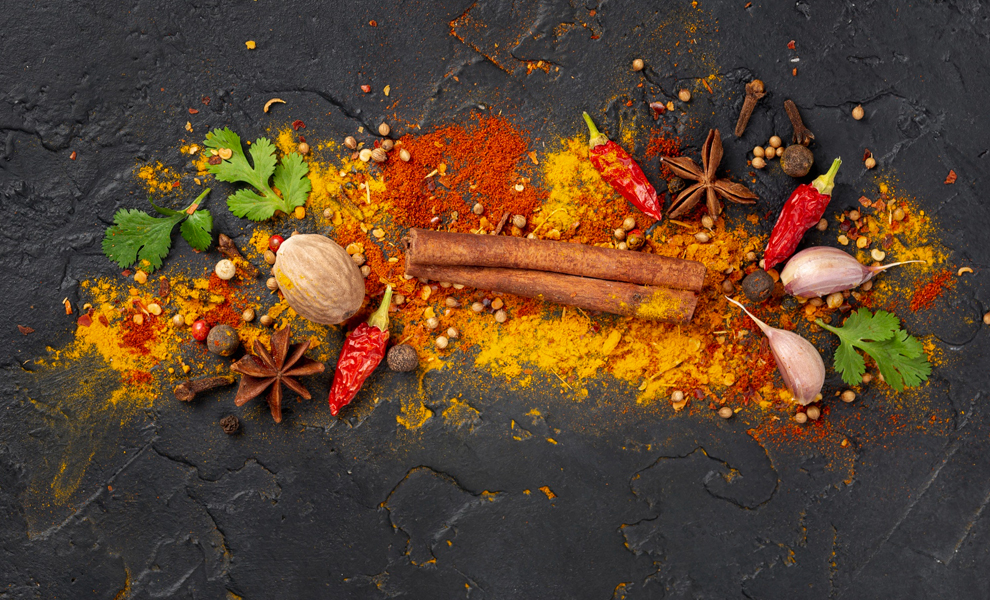
Narayani Meat Masala - Premium Indian Spice Blend.
Sure! Here’s a step-by-step guide on how to set up and streamline a Meat Masala production process in a company, from the start of the production to the packing stage. This overview assumes you're working in a food manufacturing environment and covers major steps, including ingredient preparation, mixing, cooking, and packaging. Note that specific equipment and processes might vary based on scale and technology used.
1. Planning and Preparation:
- Recipe Development:
- Develop a precise recipe for Meat Masala, specifying quantities and types of spices, herbs, and other ingredients.
- Ensure the recipe meets quality and flavor standards.
- Ingredient Sourcing:
- Source high-quality ingredients like spices (coriander, cumin, chili powder, etc.), herbs, and other components.
- Ensure suppliers provide consistent quality and meet regulatory requirements.
- Regulatory Compliance:
- Verify that all ingredients and final products comply with food safety and labeling regulations.
- Obtain necessary certifications (e.g., HACCP, ISO).
2. Ingredient Preparation:
- Receiving Ingredients:
- Inspect and record the delivery of ingredients to ensure they meet quality standards.
- Store ingredients in appropriate conditions (temperature, humidity) to maintain freshness.
- Pre-processing:
- Clean and sort spices and herbs.
- Measure and prepare ingredients according to the recipe.
3. Mixing and Cooking:
- Mixing:
- Combine pre-measured spices and ingredients in a mixer. Ensure even distribution.
- For large-scale production, use industrial mixers with precise control.
- Cooking (if applicable):
- If the recipe involves cooking, transfer the mixture to a cooking vessel.
- Follow cooking instructions for temperature and time to achieve desired flavor and consistency.
4. Quality Control:
- In-Process Testing:
- Test samples from the batch to ensure consistency in flavor, texture, and quality.
- Make adjustments if necessary based on test results.
- Final Product Testing:
- Conduct final quality checks to ensure the product meets safety and taste standards.
- Test for contaminants or impurities.
5. Cooling and Storage:
- Cooling:
- Allow the product to cool if it was cooked. Use cooling systems or techniques to speed up this process and prevent bacterial growth.
- Storage:
- Store the finished product in appropriate conditions until ready for packaging.
- Ensure storage areas are clean and maintain optimal temperature and humidity.
6. Packaging:
- Preparing Packaging Materials:
- Choose packaging materials that preserve freshness and are suitable for the product (e.g., vacuum-sealed pouches, jars).
- Ensure packaging materials comply with food safety standards.
- Filling:
- Fill the product into packaging containers. Use automated filling machines for efficiency.
- Ensure correct portion sizes and weight accuracy.
- Sealing:
- Seal packaging securely to maintain product freshness and prevent contamination.
- Check seals for integrity and consistency.
- Apply labels that include necessary information such as ingredient list, nutritional facts, expiration date, and any other regulatory requirements.
- Ensure labels are correctly placed and legible.
7. Distribution:
- Warehousing:
- Store packaged products in a clean, controlled environment until distribution.
- Ensure warehousing conditions are suitable for maintaining product quality.
- Shipping:
- Prepare products for shipment according to customer orders.
- Ensure proper handling to avoid damage during transportation.
- Inventory Management:
- Monitor inventory levels to manage supply and demand efficiently.
- Use inventory management systems to track stock and forecast needs.
8. Post-Production:
- Feedback Collection:
- Gather feedback from customers and distributors to improve the product and process.
- Analyze feedback for quality control and product development.
- Continuous Improvement:
- Review and refine the production process regularly.
- Implement improvements based on feedback, quality control results, and industry best practices.
Summary
The process of making Meat Masala in a company involves meticulous planning, ingredient preparation, mixing, cooking, quality control, packaging, and distribution. Implementing effective quality checks at each stage ensures the final product is consistent, safe, and of high quality. Using modern equipment and maintaining strict hygiene and safety standards will help streamline production and meet consumer expectations.
 Spices
Spices




